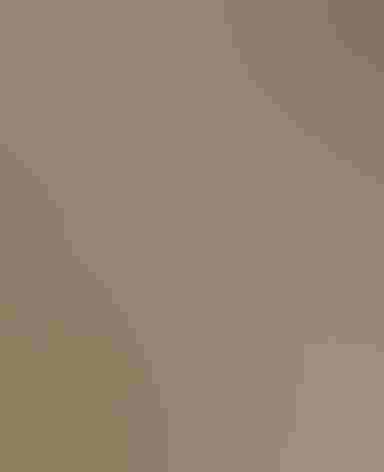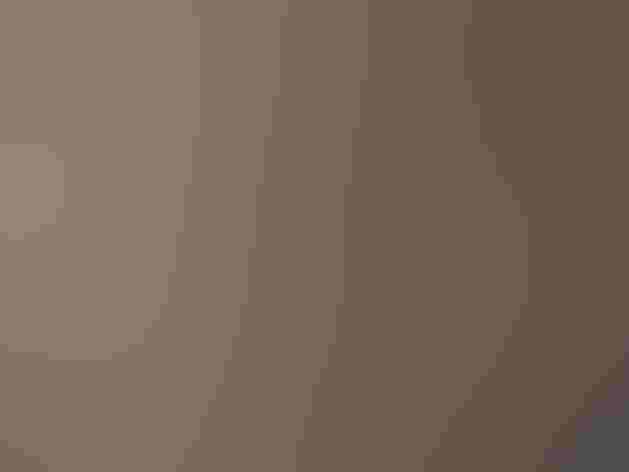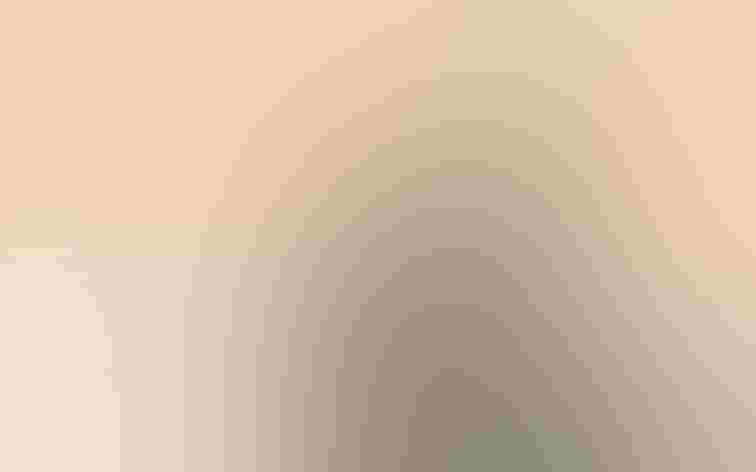Canyon Towhee
At a Glance
In dry foothills and canyons in the interior of the Southwest, Canyon Towhees are common in the low brush. They spend most of their time on or near the ground, often scratching in the soil with both feet as they search for food. This bird and the California Towhee were once regarded as the same species, under the name of 'Brown Towhee,' but their voices are very different.
All bird guide text and rangemaps adapted from Lives of North American Birds by Kenn Kaufman© 1996, used by permission of Houghton Mifflin Harcourt Publishing Company. All rights reserved.
Category
New World Sparrows, Perching Birds
IUCN Status
Least Concern
Habitat
Arroyos and Canyons, Desert and Arid Habitats, Forests and Woodlands, Shrublands, Savannas, and Thickets
Region
Plains, Rocky Mountains, Southwest, Texas
Behavior
Flitter, Running
Population
9.100.000
Range & Identification
Migration & Range Maps
Permanent resident and very sedentary, rarely moving even a short distance away from nesting areas.
Description
8-10" (20-25 cm). Very much like California Towhee, but easily identified by range, since the two do not overlap. Usually paler, grayer, with dark central spot on chest, more reddish brown on cap, very different voice.
Size
About the size of a Robin
Color
Brown, Gray, Orange, Tan
Wing Shape
Broad
Tail Shape
Long, Rounded
Songs and Calls
Song is a musical chili-chili-chili-chili. Call a clear chud-up.
Call Pattern
Flat, Undulating
Call Type
Chirp/Chip
Habitat
Brushy areas, chaparral, desert foothills, canyons, pinyon-juniper woods. Habitat varies in different parts of range, but always in brushy areas, avoiding forest and open desert. Found in open pinyon-juniper woodland, chaparral on dry hillsides, grasslands with cholla and mesquite, thickets of scrub oak, similar habitats.
Sign up for Audubon's newsletter to learn more about birds like the Canyon Towhee
Behavior
Eggs
3-4, sometimes 2-5, rarely 6. Off-white, spotted and scrawled with reddish brown. Incubation is by female only, probably about 11 days.
Young
Both parents feed the nestlings. Young may leave the nest before they are able to fly, and climb about in bushes while waiting to be fed. A pair of adults may raise 2 or sometimes 3 broods per year.
Feeding Behavior
Forages mostly or entirely on the ground. Often scratches in the dirt, but not as much as some towhees. Frequently seen feeding under things, such as logs, bushes, or parked cars.
Diet
Mostly seeds and insects. Diet includes mostly seeds in winter, more insects in summer. Young are fed almost entirely on insects. May eat some berries and small fruits at times.
Nesting
May mate for life, and pairs often stay together all year on permanent territories. Does not seem very aggressive in defense of nesting territory, sometimes tolerating intrusion by other towhees. Nest site is usually in small tree, dense shrub, or cactus, 3-12' above the ground, often placed at the base of a branch against the trunk. Nest is a bulky open cup, solidly built of twigs, weeds, grass, lined with leaves, fine grass, strips of bark, and animal hair.
Conservation
Conservation Status
Still widespread and common, but surveys indicate declining populations in recent decades.
Climate Threats Facing the Canyon Towhee
Choose a temperature scenario below to see which threats will affect this species as warming increases. The same climate change-driven threats that put birds at risk will affect other wildlife and people, too.





